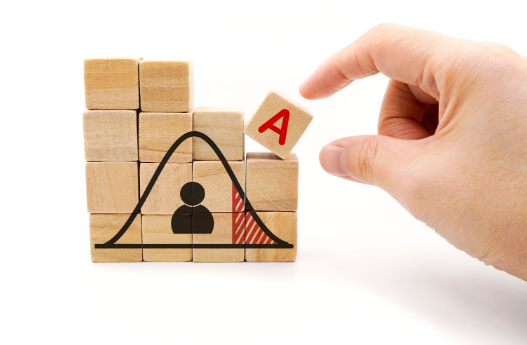By Ulysses Jaen (Follow us on LinkedIn)
The grade curve system in legal education, popularized in the latter half of the 20th century, impacts skills-based courses significantly. It is based on class content and can complicate grading, as not all students can receive above-average grades. This system often needs to reflect true abilities, especially in competency-based courses. Debates on its elimination highlight issues like fairness versus competitive learning. Alternatives like forced curves, standardized policies, and competency-based assessments could offer fairer, more effective evaluations while aligning with modern educational standards and reducing undue competition.

Adopting grade curves was partly conceived due to the need for a standardized grading system among institutions and the desire to differentiate students with varying levels of academic ability. Most schools fear that students will be disincentivized to study hard if given easy grades, and it makes sense for most classes. However, learning how to create legal documents requires trial and error, and the grade curve is challenging to apply when students follow instructions and correct their work according to the class goals and specifications.
The potential consequences of eliminating the grade curve system in legal education are subject to debate. Proponents of the grade curve system argue that eliminating it could deny students the help they need and lead to a false sense of security among weaker students. They also suggest that grading relief should be tailored to address individual circumstances rather than adopting a blanket policy. Additionally, some argue that the mandatory pass/fail system resulting from eliminating grades could cheat students from the entire law school experience.
On the other hand, critics of the grade curve system argue that its elimination could lead to a fairer and less competitive learning environment. The curve system may disincentivize students from learning for knowledge, as they focus more on achieving higher relative rankings than mastering the material. Furthermore, eliminating the curve system could allow for the adoption of alternative assessment methods, such as competency-based assessments and objective grading standards, which are more in line with modern educational research.
For skills-based courses such as Advanced Legal Research and Law Practice Technology, the school’s main objective is to equip the students to be practice-ready upon graduation. Students must complete specific accreditations from legal databases and perform actual legal tasks such as creating pleadings, estate planning instruments, research guides, websites, or business plans. These assignments are, in fact, competency-based assessments. Task-oriented teaching helps our kinetic learners and allows all students to attempt a work product, have it reviewed by the instructor, revise it by the students, and then approve it after being fixed. This means that all students can learn and improve their grades beyond the traditional curve by demonstrating that they have acquired the skills to become competent members of the legal profession.

Law schools can ensure fairness in grading without the grade curve system through alternative methods such as forced curves, standardized grading policies, and competency-based assessments. Forced curves, which limit the number of students who can achieve a particular grade, are considered by some to be a crucial element of fair grading. Standardized grading policies, such as imposing a mandatory mean grade, can also help maintain fairness in grading by preventing grade inflation and ensuring consistent rigor across courses and instructors. Additionally, competency-based assessments and objective grading standards can be used to evaluate students’ performance in skills-based courses, aligning the grading system with modern educational research and promoting fairness.
In summary, the grade curve system in legal education has both proponents and critics. While it aims to standardize grading and prevent grade inflation, it can also lead to intense competition and may only sometimes accurately reflect students’ abilities. Alternative methods like pass-fail options, flexible curves, and competency-based assessments could offer fairer and more effective evaluations, aligning with modern educational standards and reducing undue competition. Legal education should consider that skills-based courses encourage repetition for improvement and deserve deviation from the grade curve.
Sources:
Law School Grading: Understanding the Curve and Its Impact | Leland (joinleland.com)
Silverstein, J. M. (2011). In Defense of Mandatory Curves. UALR L. Rev., 34, 253.
Law schools should not abandon standard grading policies for all students (reason.com)
Why the Bell Curve system for giving grades needs reform (universityworldnews.com)
————————————————————————————–—-————————–—-
Notes Between Us (NBU) is a blog about conversations and topics of interest to the writers. The writers are expressing their personal opinions solely. The essays represent their personal beliefs and not those of their workplaces or any organization they are associated with.
